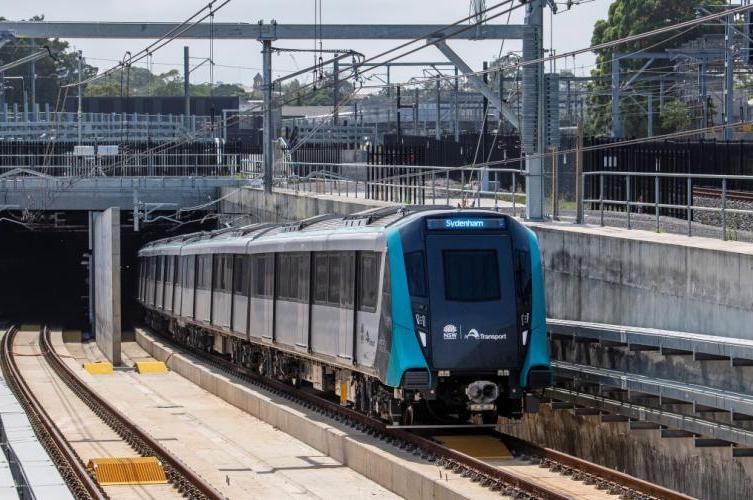https://wjla.com/news/local/purple-...operations-maintenance-person-delays-progress
First LRV for Maryland’s long delayed Purple Line was delivered & unveiled yesterday & they updated that construction was 2/3rd done. Very exciting for me as someone who’s spent a lot of time in Montgomery & PG County.
From my understand these LRVs are gonna be pretty similar to the Type 10 “supercars” the MBTA is purchasing from CAF for the Green Line.
First LRV for Maryland’s long delayed Purple Line was delivered & unveiled yesterday & they updated that construction was 2/3rd done. Very exciting for me as someone who’s spent a lot of time in Montgomery & PG County.
From my understand these LRVs are gonna be pretty similar to the Type 10 “supercars” the MBTA is purchasing from CAF for the Green Line.



